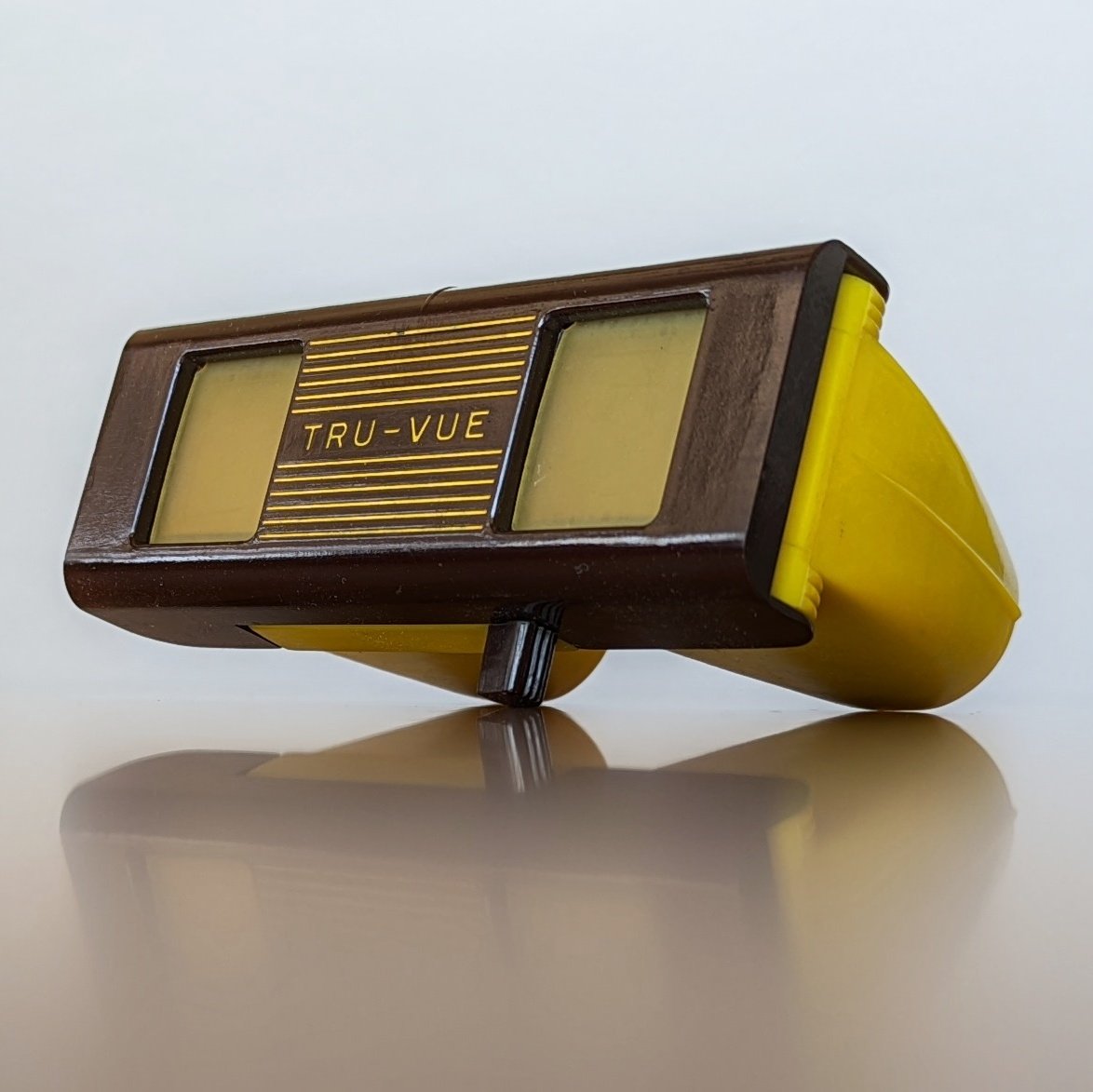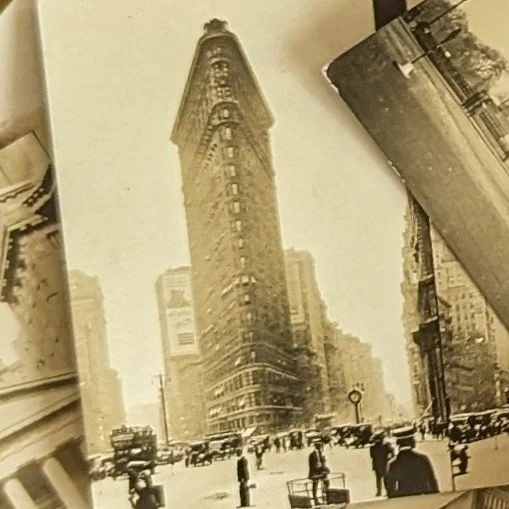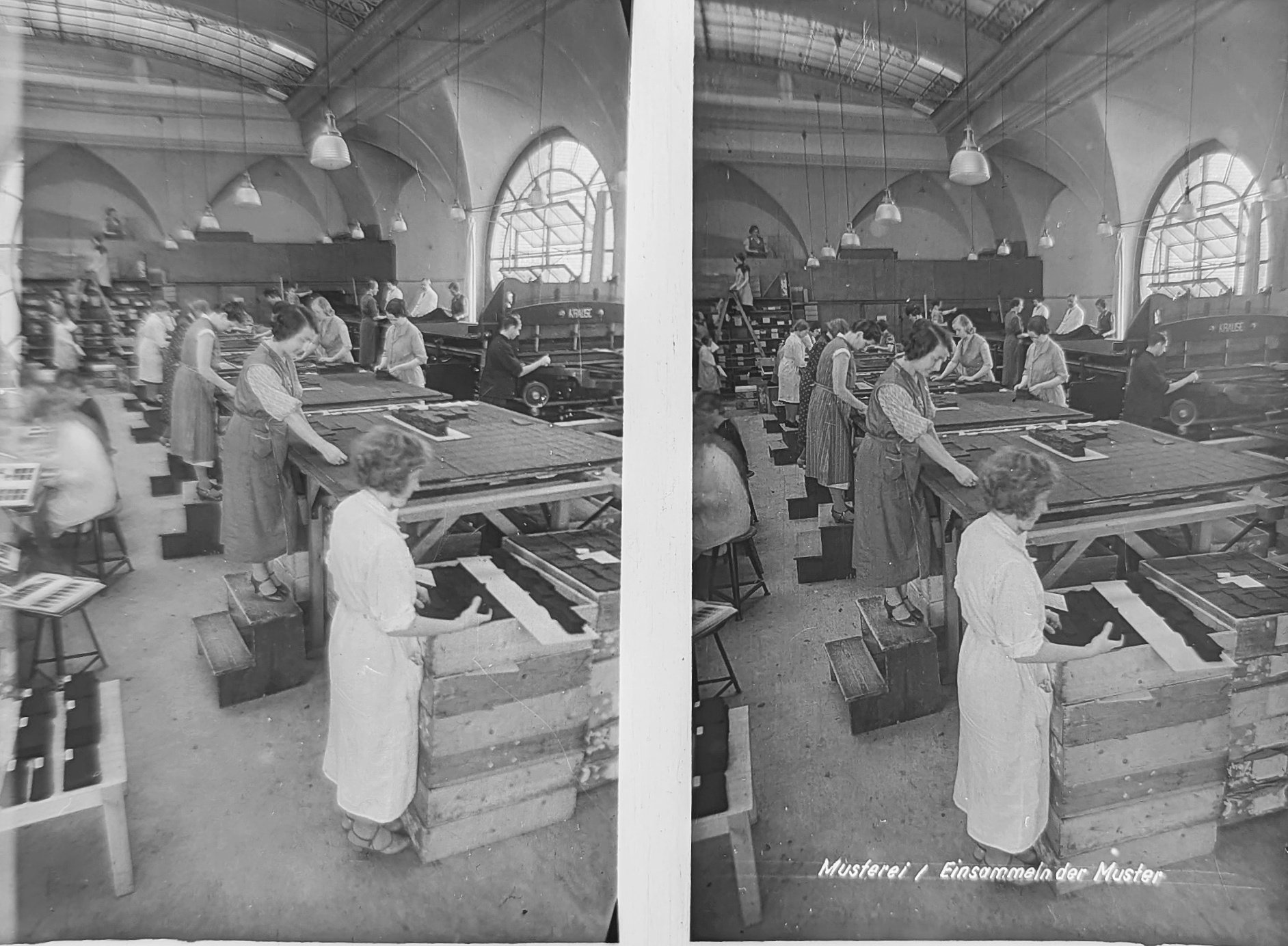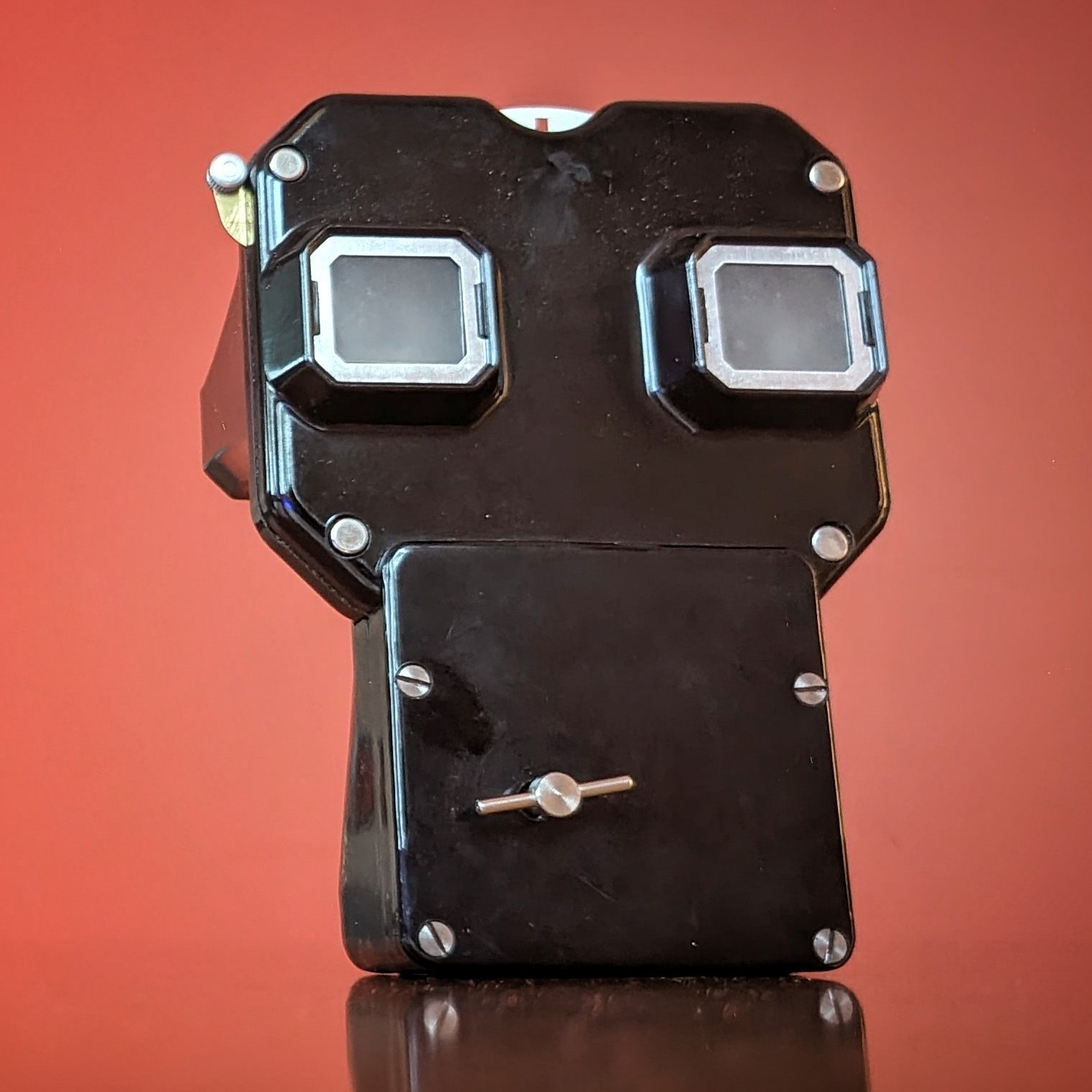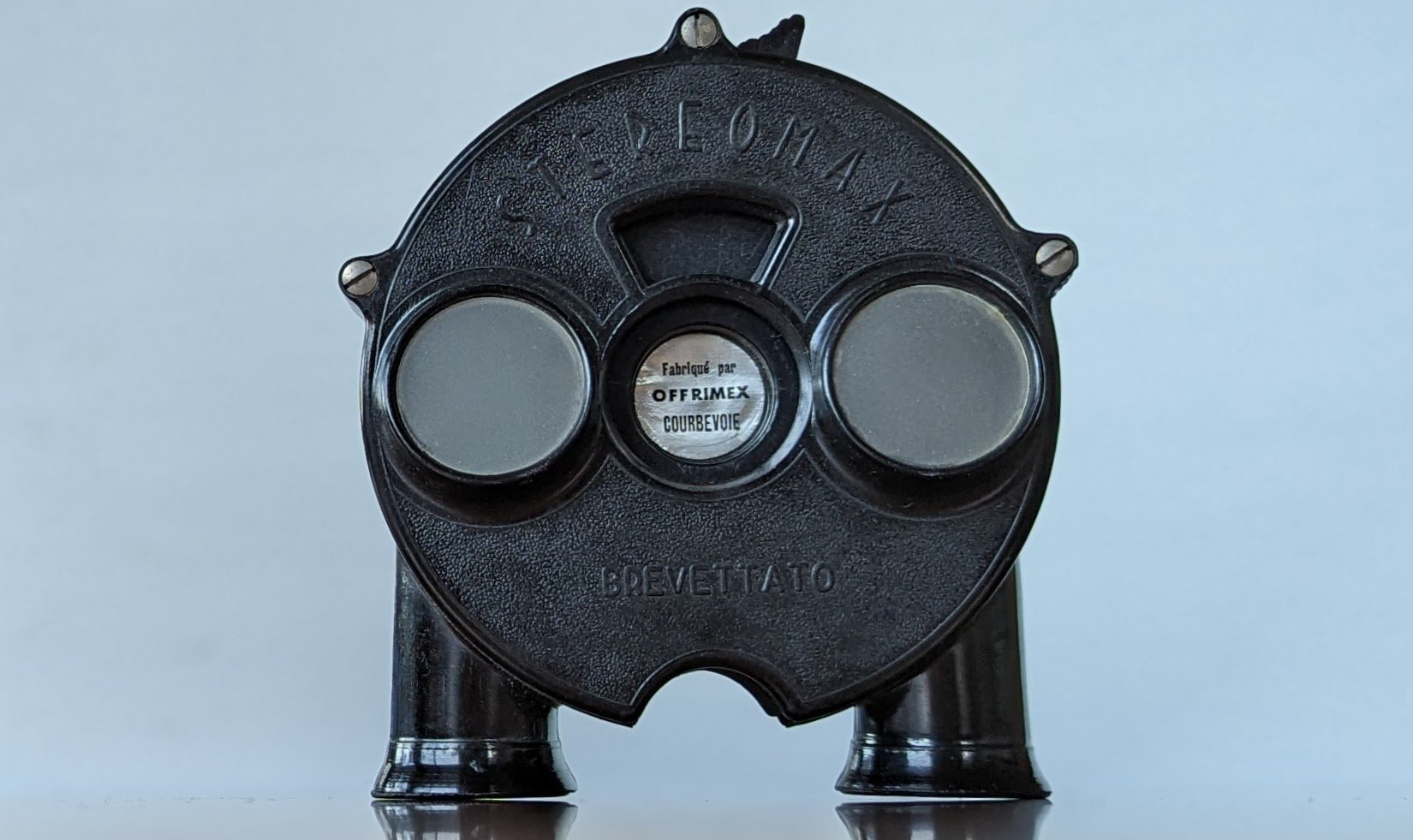
The Vintage 3D Viewer collection visually highlights the beauty and creativity of stereoscope design, particularly during the mid-century period.
Read Our Latest News
A Focus on Stereoscope Design
Yes, stereoscopes were designed to be looked through. However, clearly many were also designed to be looked at. The early stereoscopes from the late 1800s were often works of art themselves — exhibited at fairs, appealing to royalty and fit to be a centerpiece of the home. Toward the middle of the 1900s, styles became even more varied in their materials to match current design trends, appeal to the masses, make use of readily available materials or just better fit the particular use case: toy, advertising tool, home use or public use. As with most products, besides functionality, usability and affordability, a big selling point is product appearance. Observing and documenting the flex between those factors in a single product — a 3D viewer — across centuries and across the world is interesting to us. If it’s interesting to you, too, we welcome you to explore our vintage 3D viewer collection. You can explore by the categories below or use the search box to look for a specific viewer or country.
Explore our Stereoscope Collection
-
Browse by Year
Stroll through time with a visual tour of our vintage stereo viewers arranged in 20-year groups.
Go >
-
Browse by Format
From cards and glass to filmstrips and reels, we’ve grouped our collection by the media they use.
Go >
-
Browse by Material
We’re all about design — explore the collection by viewer material: wood, cardboard, metal, etc.
Go >
-
Browse by Use Case
Explore by specific use cases we find interesting, like advertising, autos, postcards or erotica.
Go >
Search by viewer name, country, or decade (e.g., 1930)


